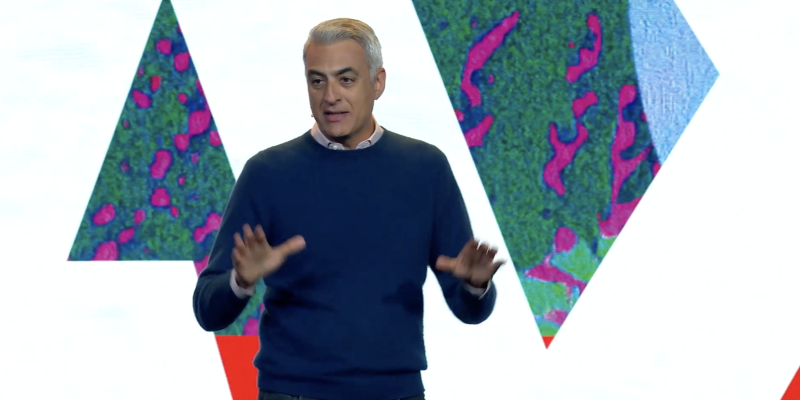Reasons to Support Adobe’s Approach to AI

Recently, I attended the Adobe Max conference in North Greenwich, London. To be transparent, like many others in the media present, Adobe covered my travel and accommodation expenses. Despite this support, I have consistently shared critical views about the company and had no plans to change that perspective this year.
As I made my way to London, one thought occupied my mind: Adobe’s diminishing reputation among creatives.
Adobe’s Challenges in the Creative Community
Two primary factors contribute to this situation. First, the ongoing high costs associated with Adobe’s Creative Cloud are a significant concern. Second, Adobe’s primary focus seems to be on its generative AI model, Firefly. It’s important to note that generative AI is met with skepticism by many creative professionals today.
Adobe does claim to have ethical practices in how it develops its AI, stating that it exclusively uses Adobe Stock content for training its models. However, one must ask: is this genuine concern for creators or a clever distraction from problematic practices?
The Introduction of Content Credentials
Diving deeper into Adobe Max, during a demonstration of their new Content Credentials feature, I found myself reconsidering my stance.
Understanding Content Credentials
Content Credentials is an open-source software tool developed by Adobe, aimed at establishing proof of authorship for digital creations. Similar to the way Adobe pioneered the PDF format, they intend for this tool to shape the future of copyright protection in digital media.
In simple terms, Content Credentials works by embedding an invisible watermark within an image or illustration, ensuring that creators receive credit for their work. Even if someone tries to photograph the image, the embedded information remains intact, affirming the original creator’s ownership.
Advanced Features
This feature goes beyond basic copyright tracking. It can record data about the creation process, including details about the camera, software employed, and any edits made. In a time when misinformation and counterfeit content are rampant, such transparency can become vital.
Creative Cloud users should consider using Content Credentials with every new project, as it’s integrated into most Adobe tools. While it may not deter every potential thief—particularly minor ones— it could prove invaluable against larger entities that may misuse creative work, a concern that is increasingly prevalent.
Safeguarding Against AI Scraping
Linking this to the topic of generative AI, when users embed Content Credentials into their images, they can opt for a feature that prevents AI from scraping their work. This option might be reassuring for users who are concerned about their creations being used without consent.
However, during the demo, I asked about whether other AI companies would respect this choice. Unfortunately, the response was clear: no other AI firms have committed to honoring such requests, implying that creators still face significant challenges.
The Potential for Change
Despite the current landscape, a few developments could lead to meaningful changes for creators. A successful lawsuit, for instance, could set a precedent for safeguarding copyright against AI misuse. Numerous high-profile cases, such as The New York Times’s legal actions against OpenAI, are making their way through the courts.
If any of these lawsuits succeed, the implications could be revolutionary.
The Role of Regulations
The legal climate surrounding AI and copyright protection continues to evolve, and the outcomes could reshape the interactions between technology companies and content creators significantly.
Adobe’s Potential Leadership
Looking into the future, if the excessive scraping of content by AI models can be curtailed, Adobe could find itself in a strong position as a leader in ethical AI development. While currently perceived through a lens of skepticism, their practices may serve as a model for responsible AI use.
This development could enable Adobe to not only maintain its market presence but also redefine how companies interact with content creators—maybe even leading to a partnership model reminiscent of significant media mergers in the past.
While this vision may seem idealistic to some, it nevertheless offers a glimpse of how Adobe’s focus on ethical standards and transparency could ultimately outweigh the existing negative sentiment within the creative community.






